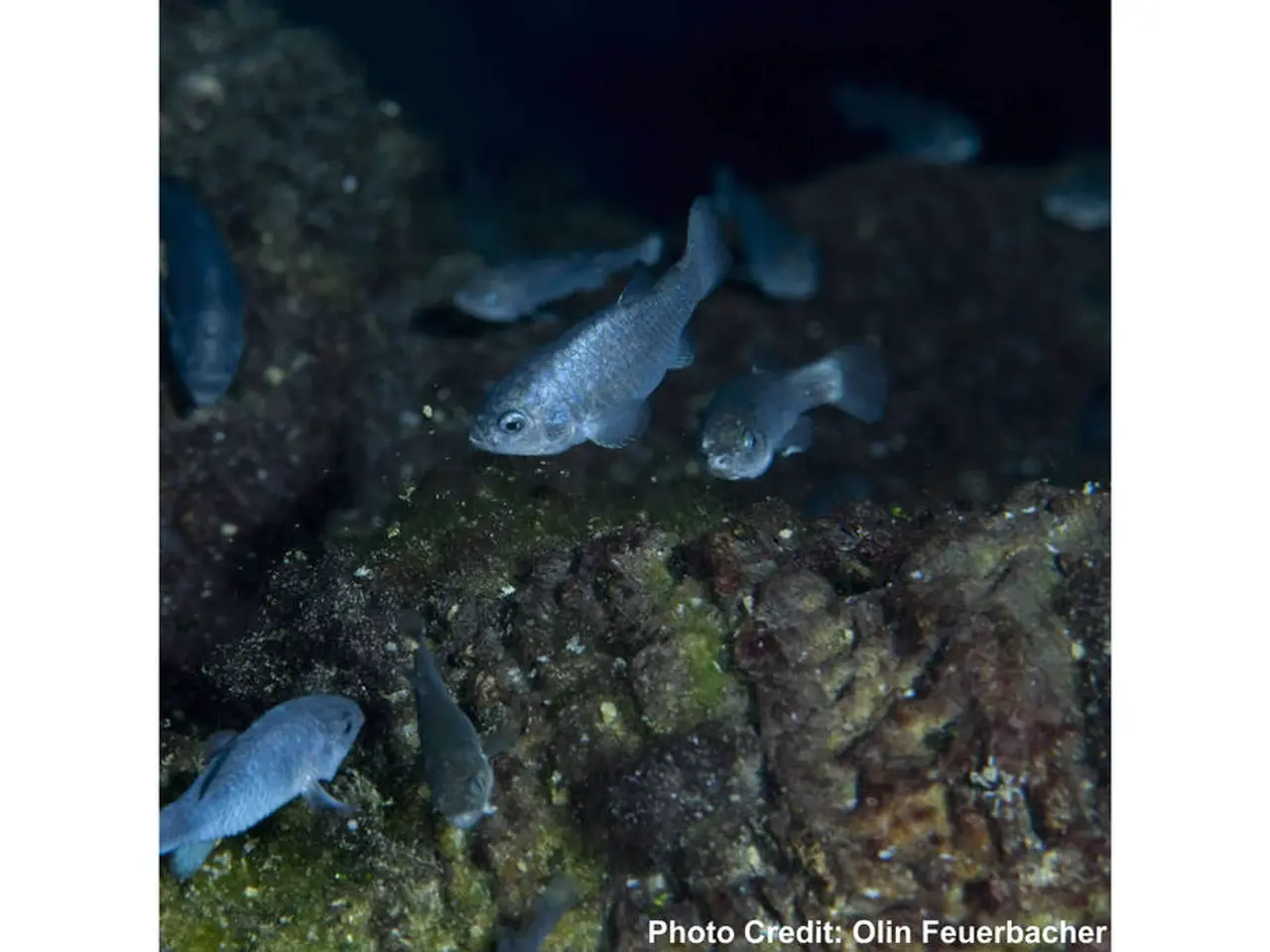No Red Tide Present in Coastal Waters of Central Luzon, According to BFAR
In various parts of the Philippines, the Bureau of Fisheries and Aquatic Resources (BFAR) is actively monitoring the presence of red tide and paralytic shellfish poison (PSP) in coastal waters.
As of mid-July 2025, BFAR reports that coastal waters in Eastern Samar's Matarinao Bay and Samar's Irong-Irong Bay are contaminated with red tide toxins. A local red tide warning has been issued for Irong-Irong Bay, and Matarinao Bay has seen a confirmed presence of red tide toxins based on shellfish meat sample tests. BFAR is also monitoring surrounding coastal waters in Samar, Leyte, and Biliran Island for potential red tide recurrences. Despite the presence of red tide toxins, no widespread shellfish ban has been enforced yet, but vigilance continues to ensure public safety.
In contrast, Siit Bay in Negros Oriental has been declared free from red tide by BFAR Region 7, and Central Luzon coastal waters have reported no red tide organisms. However, in Palawan's Inner Malampaya Sound, coastal waters remain contaminated with red tide.
Regarding paralytic shellfish poison (PSP), BFAR typically tests shellfish meat from confirmed red tide-positive areas for thorough analysis to guard against PSP contamination. No specific updates on active PSP bans or occurrences were found in the recent reports.
Shellfish and "alamang" from Dumanquillas Bay in Zamboanga del Sur, Tantanang Bay in Zamboanga Sibugay, and Matarinao Bay in Eastern Samar have been found to be positive for PSP beyond regulatory limits. The public is advised to avoid consumption of these shellfish products.
Fish, squid, shrimp, and crabs from the affected areas can be eaten if they are fresh, thoroughly washed, and internal organs like gills and intestines are properly removed before cooking.
BFAR continues regular monitoring across the country to ensure the safety of seafood products. The agency advises the public to stay updated through official bulletins to avoid any health risks associated with red tide poisoning.
On July 14, 2025, BFAR issued Shellfish Bulletin No. 15, Series of 2025, stating that shellfish samples collected from these areas are free from red tide toxin. Additionally, the BFAR has declared that coastal waters of Bataan, Pampanga, Bulacan, and Zambales are free from red tide organisms, and the shellfish harvested from these specific areas are safe for human consumption.
With ongoing monitoring and public awareness, BFAR aims to ensure the safety and quality of seafood products in the Philippines while minimising the risks associated with red tide and PSP contamination.
- Despite red tide contamination in Matarinao Bay, BFAR has declared the coastal waters of Bataan, Pampanga, Bulacan, and Zambales to be free from red tide organisms.
- The consumption of shellfish products from Dumanquillas Bay in Zamboanga del Sur, Tantanang Bay in Zamboanga Sibugay, and Matarinao Bay in Eastern Samar should be avoided due to the presence of paralytic shellfish poison (PSP) beyond regulatory limits.
- In Pampanga, the Bureau of Fisheries and Aquatic Resources (BFAR) advises the public to stay updated through official bulletins to avoid any health risks associated with red tide poisoning.
- In the realm of health-and-wellness, nutrition, and lifestyle, it's essential to follow BFAR's guidelines when it comes to food-and-drink safety, especially in areas prone to red tide and paralytic shellfish poison (PSP) contamination.




